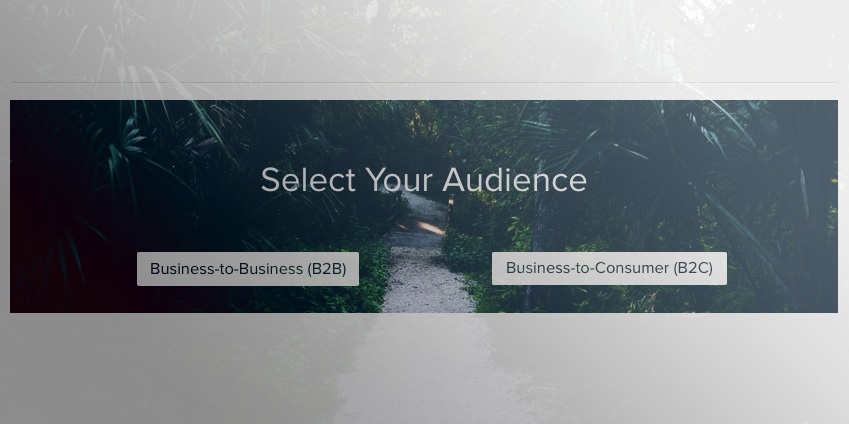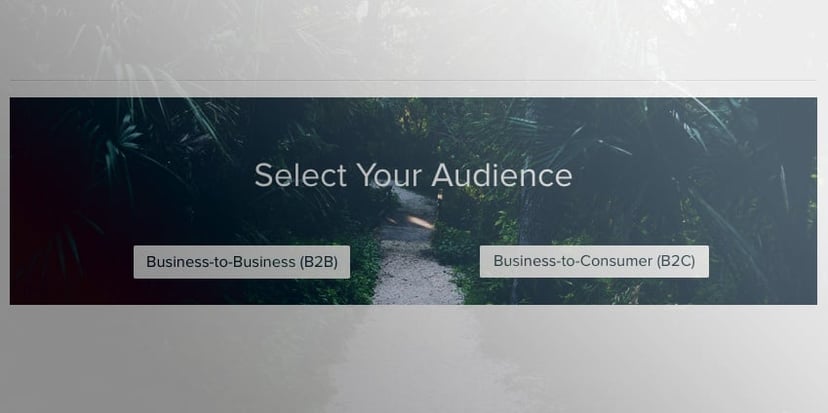



Time on page is one of those magical traffic metrics for every marketer. It's an important contributing factor for SEO, and it's a near-prerequisite for CRO (conversion rate optimization). When you achieve healthy time on page, it almost always leads to more page-specific organic traffic as well as an increase in lead generation.
So, let's talk about how to increase your average visitor's time on page (ToP)!
Depending on if you're solving for media pages, product pages, or some other area of your website, your ToP improvement tactics will vary greatly. Today, I provide a step-by-step approach to improving blog article ToP with a very specialized tactic: "choose-your-own-adventure blog posts."
If you consider what visitors are looking for when they click on a blog article, it's really quite simple: they're looking for information—helpful information—and potentially some healthy perspective or personal advice.
But even when you're writing helpful content, it can be very difficult to keep users engaged. For instance, if a user searches for "ways of decreasing manufacturing risk," an article titled, "10 Ways to Mitigate Manufacturing Risks" would likely provide fairly helpful. However, you should consider just how broad that title is: Among the dozens of types of manufacturing, there could be more than 100 ways of mitigating manufacturing risk!
So, how do you keep your user engaged in finding the answer that makes sense in their industry? You solve for the user's needs. Let the user choose the kind of answer they're looking for. Enter: Choose-Your-Own-Adventure blog articles.
The idea behind a Choose-Your-Own Adventure blog article is that within the article a user can choose their path through the article. We recently did this with one of our articles, called "Top 10 Most Effective Marketing Strategies." While the article was originally published as a normal top 10 list, we decided to provide more help to readers by dividing the list into the best strategies for B2B and the best strategies for B2C. Then, we created a "choose-your-own-adventure" button format that enabled users to select whichever strategy list best fit their business situation.
By having a button select setup, we were able to create multiple paths for the user, thereby letting them explore more on-page. When we implemented this technical change, we saw a significant lengthening of ToP results for the page.
The key with a choose-your-own-adventure blog article construction is that the button setup should not disrupt search crawlers from indexing the page. It's critically important that all text is still indexed, even though it does not initially show up.
This usually means using JavaScript construction supported by JQuery or another library. Contrary to some misconceptions, search crawlers can certainly read content only accessible via JavaScript, and JS is likely the most compatible with your blogging platform. We've found that in-text use of JS specific to the blog paragraphing body is the best way of maintaining full indexing of the text.
While there is potential to build buttons within buttons—adventure steps within adventure steps—the logic and creative use of JavaScript are probably not worth your time. Remember, the goal is to increase time on page by making the article as helpful as possible to your user. That does not mean that your article has to be dozens of steps long. More likely than not, just having an "either-or" construction will prove that you understand the complexity of what you're writing about.
While you could write new choose-you-own adventure blog articles regularly with the right setup, we suggest that the technique is best as a historical optimization tactic, not for new posts. This is partially because by their nature choose-your-own-adventure writing is longer and takes more time.
Generally, until an article ranks well in search, it's more useful to write shorter articles that do better in social media and with subscribers.
Overall, as you can see in the comments on our own "choose-your-own-adventure" article, users find the choice and depth offered by the JavaScript buttons much more helpful and interesting than a normal article, and our analytics show that time-on-page—the real metric of the situation—rises drastically.
For more information on how to construct these articles and how to manage your blog to more effectively generate leads, please feel free to contact us. You can also check out our complete guide below.
Topics: Search Engine Optimization, Content Marketing, Website Design
